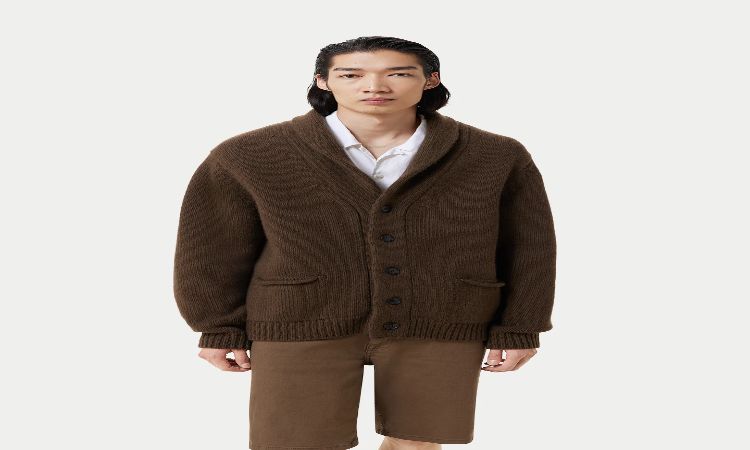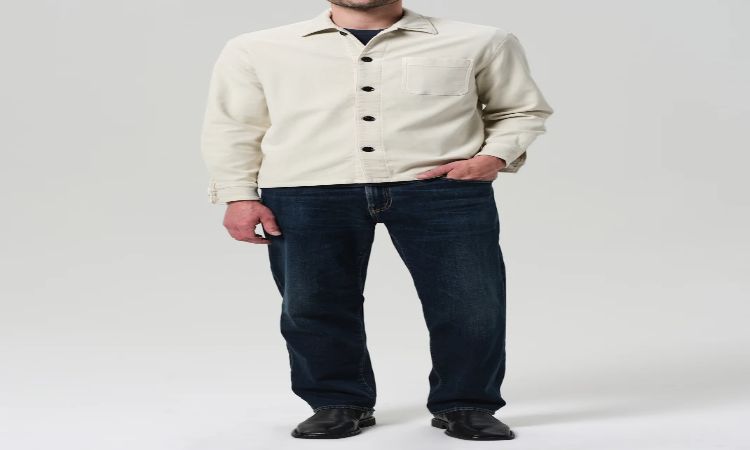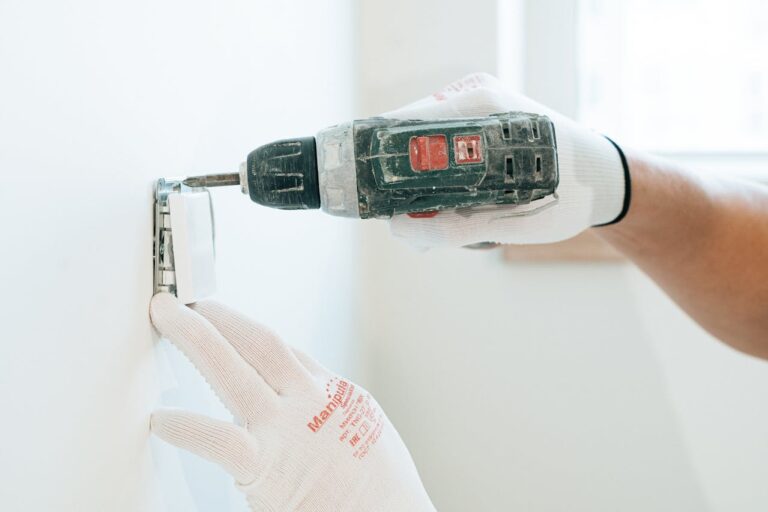
Patchy facial hair can be a setback for many men, and uneven beard growth can affect your desired appearance. A beard transplant may offer a reliable solution if you’ve struggled to grow a fuller, more consistent beard. This hair restoration procedure fills in patchy or sparse areas, creating a natural, fuller beard through precise techniques. Here’s how beard transplants work and why they’re effective for addressing uneven growth:
Precise Placement of Grafts
One of the most remarkable aspects of a beard transplant is the precise placement of hair grafts. During the procedure, hair is harvested from areas where it grows densely, such as the back of the scalp. These individual grafts are then carefully implanted into patchy areas of the beard.
The surgeon pays close attention to the natural direction, angle, and density of your existing facial hair. Doing so gives them a seamless look that blends with your beard. The process requires meticulous planning, and the results are typically long-lasting. With this level of precision, the new hair grows in a way that mirrors the natural flow of your facial hair.
Natural Appearance
A significant benefit of beard transplants is the natural appearance they deliver. Using your hair and paying attention to the finer details of beard growth patterns makes the result authentic. Each graft is positioned to match the density and direction of surrounding hairs, ensuring a realistic look. Over time, the transplanted hair grows just like the rest of your beard. Unlike temporary solutions or artificial treatments, a beard transplant offers a permanent solution, leaving you with consistent and sustainable facial hair growth.
Different Extraction Techniques
There are two primary methods used to extract hair for beard transplants. Both approaches are advanced and effective. The choice depends on your unique hair restoration needs and the surgeon’s recommendation.
Follicular Unit Extraction (FUE)
The FUE technique involves extracting individual hair follicles directly from the donor area, usually at the back of the scalp. Tiny, circular incisions are made to harvest each graft, making this method minimally invasive and highly precise. The small size of the incisions means there is little to no visible scarring. Recovery times for FUE are typically shorter, and the results are natural. This technique is widely used for beard transplants, especially when addressing smaller or more specific areas of patchiness.
Follicular Unit Transplantation (FUT)
FUT, on the other hand, involves harvesting a thin strip of skin from the donor area. This strip is dissected into individual grafts then transplanted into the beard area. While this method may leave a small linear scar at the donor site, it allows for a higher number of grafts to be harvested at once. FUT is particularly useful for men seeking substantial beard restoration, where a larger volume of hair is needed to achieve the desired look.
Hormonal Changes
Facial hair growth is closely tied to hormones like testosterone and dihydrotestosterone (DHT). If patchy or uneven growth persists, it might be influenced by hormonal changes or imbalances. While specific medical treatments can address hormonal issues, they aren’t always sufficient to create a fuller beard. A beard transplant bypasses these limitations entirely by physically implanting new hair follicles into sparse growth areas. This means that even if hormonal imbalances are part of the cause, you can still achieve your desired beard appearance with the help of this procedure.
Also Read: How to Choose the Best Hair Toppers for Active Lifestyles?
Get a Fuller Bear Through Hair Restoration
Dealing with a patchy beard doesn’t have to feel like a permanent hurdle. A beard transplant offers a reliable and natural-looking way to achieve the beard you’ve always wanted. This procedure transforms patchy areas into a full, cohesive beard by leveraging precise graft placement, natural hair growth patterns, and cutting-edge extraction techniques like FUE and FUT. If you’ve been hesitant to address your uneven facial hair, it might be the perfect time to explore this solution with a trusted hair restoration specialist.








